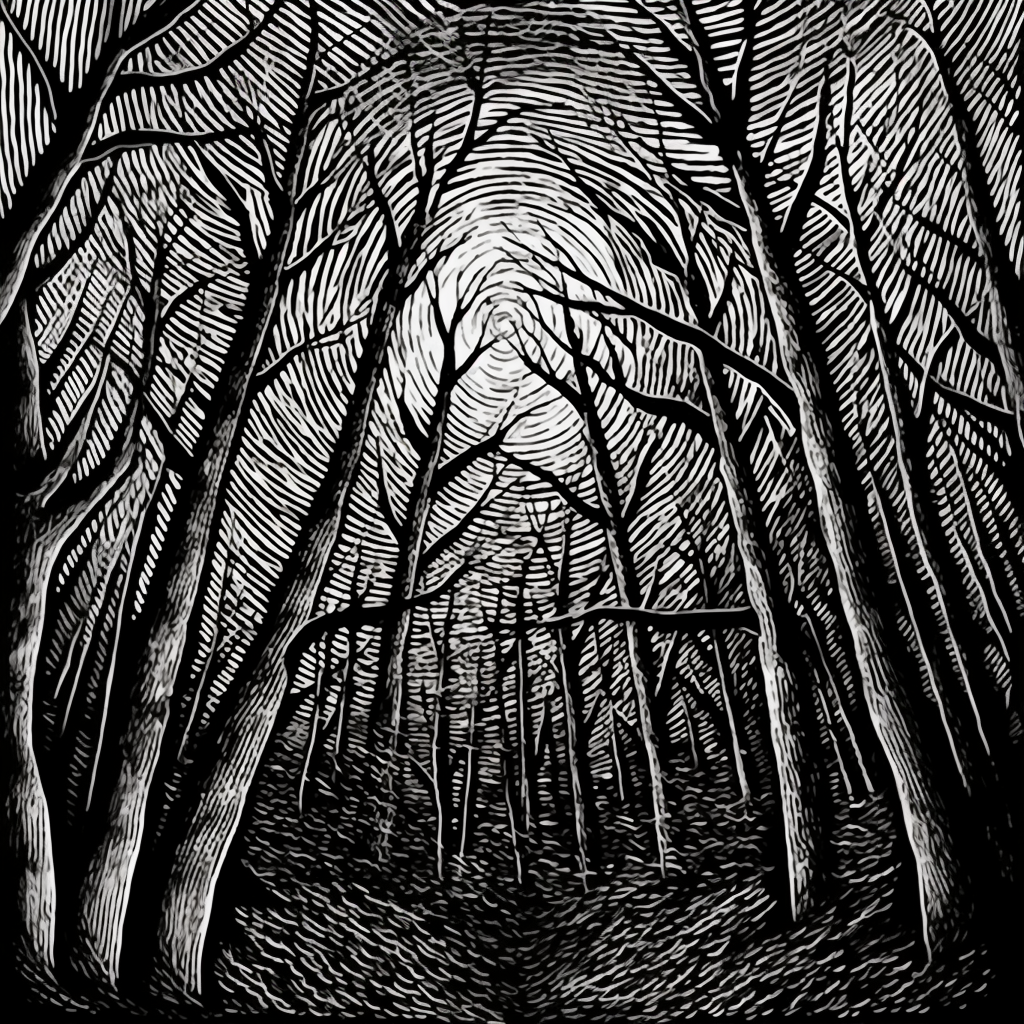Dawn breaks. Pale light spills across the valley, and soft brown forms materialize outside my window. A group of deer stands in the winter undergrowth, their eyes gentle, as if wondering why I’ve slept so late.
These creatures have become my closest neighbors. Through framed glass, I’ve watched their lives unfold. I remember spotted fawns testing uncertain legs against their mothers’ sides. I’ve seen them grow into winter’s gray coats and, in time, guide their own young through bright spring mornings.
The matriarch appears each dawn—a sturdy doe I named “Sneezy” for her sharp, warning huffs when we first met. That year, she nursed twin fawns. As seasons passed, she became grandmother and guardian, watching over younger mothers learning the ways of motherhood.
Deer pass their wisdom through mothers and daughters. Sneezy leads her family through the valley’s seasons, their paths worn smooth by countless hooves. The bucks live apart—brothers and cousins ranging far, returning only when mating season calls them home.
They touch each other with surprising tenderness. A daughter grooms her mother’s ears. Sisters press close, sharing warmth. Even their silence speaks of connection.
Their day flows like water. Morning finds them on the valley’s rim, fur golden and warm in sunrise light. They drift past my window to graze clover, then drink from the stream. Noon sees them dreaming in bamboo shadows. At three, they emerge to feed where my kitchen window frames them. Evening draws them to their beds in tall grass near the woodpile, waiting for another dawn.
For such enduring presences in the valley, their individual lives are surprisingly short. A whitetail deer living among human roads and hunters rarely sees more than four winters. Even in wilder places, few see six. A fawn born wobbling in spring grass has young of her own before two years pass. A few more seasons later, she becomes white bones scattered in leaves.
Yet the deer remain as constant as the trees, the stream, the slope of the ground.
But nothing stays – everything flows. The stream never holds yesterday’s water. Rain becomes cloud becomes rain. Oak trees fall, acorns sprout, saplings stretch toward light. Fawns test new legs while last year’s bones sink into earth. Your breath moves like tide—in, out, always fresh, always now. A thought rises like morning mist, fades like dew.
Watch closely. See how life flows—blood through veins, sap through wood, water over stone. Everything dances. Everything changes. Everything returns. This is not a truth to understand, but a river to feel flowing through your own bones. All things dance in endless becoming – flowing, falling, changing, combining and breaking apart to form again, eternally one, eternally new.
This is life’s true nature. Our own true nature.
When we forget this truth, we suffer. In naming that grandmother deer, my mind made her separate, denying her essence. Now every roadside carcass, every gathering of vultures, brings worry for “my deer.” I grasp at memories, fear for my wild friend. But the whole lies beyond time and space. Not one hair on her back, not one gentle nuzzle of a frightened daughter birthing her first fawn in bamboo shadows can ever be lost.
The eternal dances in its wild unity. Her hair may become spring beds for newborn chipmunks. She may flow into fox kits gnawing her bones. Her body may cascade into the pink and yellow blooms that perfume the Spring. Her daughters comfort their own daughters as new life enters the valley, her lineage flowing through millennia. Freed from single form, no longer separate, she is boundless and intimate, deathless and forever new.
She was never just a deer I happened to name. I was mistaken.
She is the forest.

One Response
This is so beautiful. Thank you.